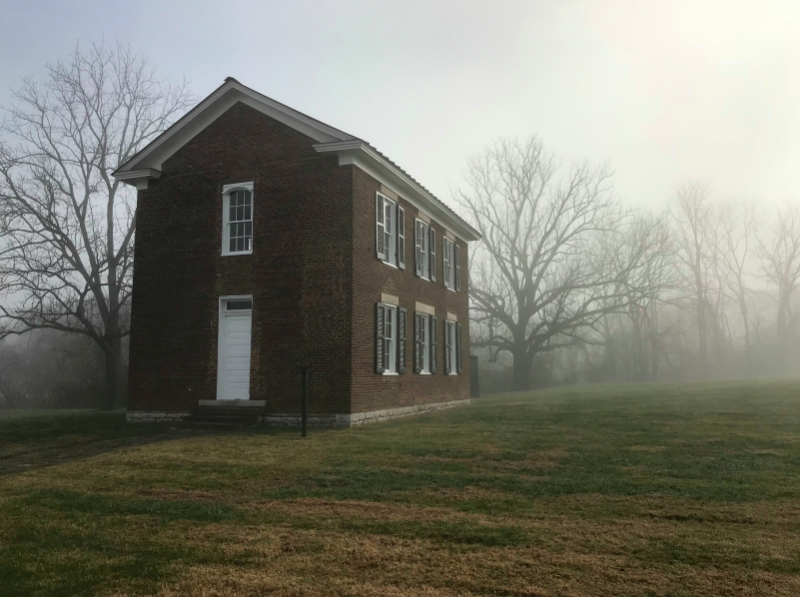Driving through Brentwood, there are street signs scattered here and there that tell the story of the city long before it was incorporated. One rarely sees them as one drives by on the way to the grocery store or work or taking the children to school, but they are a rich catalogue of the history of the land before it became known as the city of Brentwood.
Early Native American Relics on Display at Smithsonian
The first town to be built here was founded by Native Americans as early as 1250 AD. It consisted of square huts with thatched roofs, open fire pits, and clay plaster walls. They were farmers, hunters, and traders.
In 1882, the first excavation of the area was conducted by the Peabody Museum of Archeology and Ethnology at Harvard University. A second, more professional and extensive exploration of the mounds, known as the ‘Fewkes Group’, was conducted by William Myer. Myer was a Tennessean, and a pioneer in the field of anthropology. His findings were sent to the Smithsonian, where they remain today. Middle Tennessee State University completed a third study of these Mound Builders, or Mississippians, as they were known in the 1990s.
North Carolina Land Grants Bring Settlers
Settlers came to this land with what was called Carolina Land Grants. Some of these grants of land were given to soldiers who served in the Revolutionary War then bought up from them by the wealthy, and others were purchased by those looking for an opportunity to expand their holdings beyond the mountains dividing North Carolina and what was to become Middle Tennessee. Supposedly, Daniel Boone found this land that had a small river running through it called the Harpeth.
When Tennessee became a state in 1796, it was called Davidson County, and then in 1799 it became Williamson County.
Johnson’s Chapel
In 1803, Mathew Johnstone, son to one of the original land owners, built the first church on some of his land. It was dubbed Johnstone’s Chapel, later shortened to Johnson’s Chapel. It was deeded to the Methodist Episcopal Church. The first minister was Levin Edley, who had presided over many a tented revival as a circuit rider, traveling thousands of miles on horseback to bring the word of God to the settlers who had suffered great hardships to settle the land.
Originally a log structure, it burned in 1850 and was replaced by a weatherboard building. In 1925, the weatherboard building was torn down and replaced with the current structure. It was a building truly built by the members of the congregation. One member’s family donated the logs, another family milled them, and yet others built the frame.
Growth in population brought about the expansion of the building in the 1950s. Work on the church was once again completed by the congregation. Members came to the aid of the church again when the ten stained-glass windows were stolen in 1981. It is now known as Johnson’s Chapel United Methodist Church.
Boiling Spring Academy
Over time farms grew, and wealthy landowners needed a school where their sons could be educated locally instead of sending them away. Boiling Spring Academy was established in 1832, serving as a private school until the Civil War. Classes were taught in five month semesters, and three levels. All three levels cost thirty-two dollars.
In 1887, the school became public, and by 1900 it was part school and part church. It fell into disrepair when it was turned into a storage barn. It has since been restored and placed on the historical register.
The Village of Brentwood
In 1850, Brentwood was laid out where the Post Office is currently located and along Frierson Street. It sat on both sides of the railroad tracks, which were at the time on higher ground.
From Humble Beginnings
This is a review of but a few of the historic landmarks, people, and events that have laid the foundation of the City of Brentwood. But there are many more stories to be told….
Please join our FREE Newsletter



















